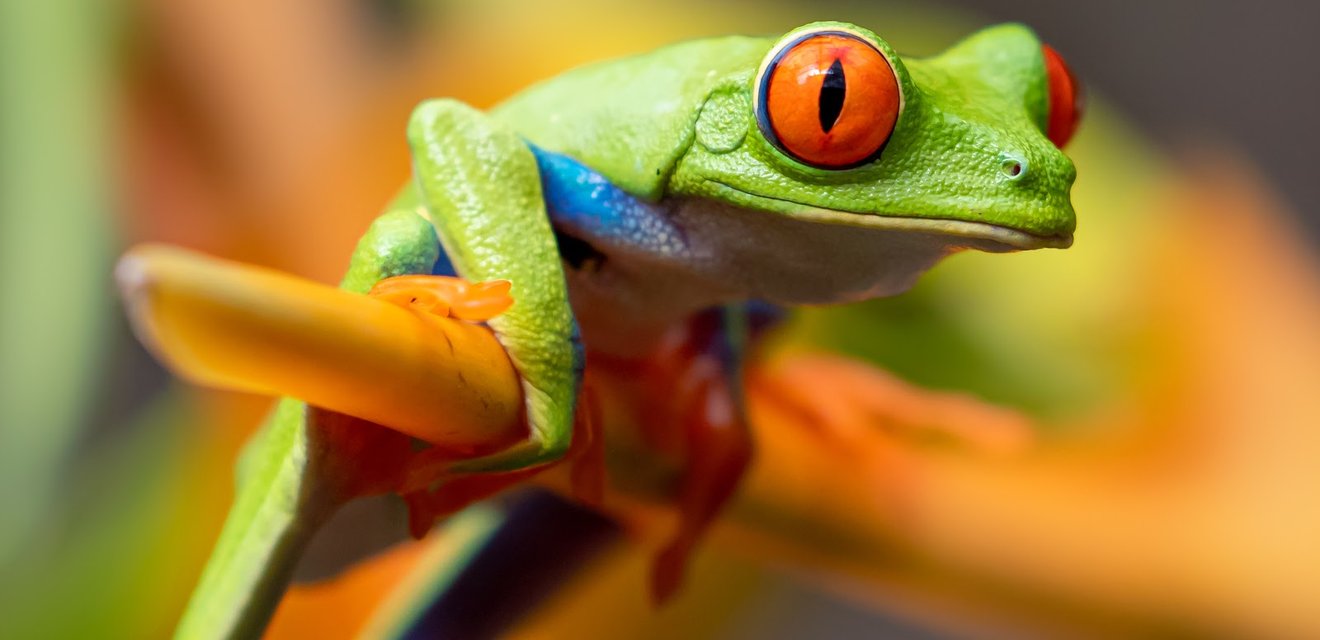Understanding Biodiversity Credits: Safeguarding society by strengthening biodiversity

The Challenge
Our planet is losing its biodiversity at an alarming rate.
Habitats are being lost, soil is being degraded, and all the flora and fauna that depend on these spaces for life reflect this, showing a steep decline in their numbers. But biodiversity loss isn’t just a risk for our natural world – it significantly affects every aspect of our society as well.
Our way of life is entirely dependent on and held together by the services these natural systems provide. Biodiversity gives us water, oxygen, fertile soils, pollination that allows us to grow food, fuel, and climate control. Indeed, preserving and even bolstering biodiversity is vital – its loss is considered one of the top global risks to our economy.
However, there is a finite amount of space on Earth, and a growing population that is constantly developing means lands that are currently wild will be transformed into – among other things – spaces for housing, agriculture, and business.
So, how do we ensure that the planet can accommodate both the essential levels of biodiversity needed to preserve life while meeting the growing demands of an expanding and developing population?
Biodiversity Credits – one piece of the puzzle
It’s going to take an incredibly robust, global effort to curb biodiversity loss and restore nature. One that requires plenty of human ingenuity, technological advancements, policy changes, and finance mobilized to make it all happen. One way to mobilize finance toward biodiversity strengthening is through the market-based tool of Biodiversity Credits.
How biodiversity credits work
A project that enhances the biodiversity of a region and results in biodiversity gains can apply for certification and generate biodiversity credits. Biodiversity gains are measured and monitored both at the beginning of the project and periodically throughout to quantify, validate, and verify the credits.
One Biodiversity Credit = 1% of biodiversity uplift per hectare of the project’s site per year.
A scientifically-sound certification methodology is used to measure, quantify, and generate Biodiversity Credits. The aspects and metrics used to calculate gains differ from project to project but can include the importance, variety, and abundance of trees, animals, plants, pollinators, and even soil microorganisms.
Best practice use
Importantly, biodiversity credits are not a way for organizations to justify destroying one ecosystem because they’re financing the enhancement of another. They are intended to be purchased as the last step of an organization’s efforts to mitigate the negative effect their actions have on biodiversity.
The credits should be used as complementary tools to your already as-sustainable-as-possible plans. It doesn’t mean organizations should feel free to bulldoze wetlands because they’re investing in a mangrove habitat half a world away.
The opportunity
Biodiversity Credits represent a unique opportunity for organizations to make a meaningful contribution to enriching biodiversity and creating a more resilient natural world. They can help an organization’s activities have a no net-loss impact or, even better, a net-gain impact. By supporting biodiversity projects, organizations can take action to restore nature and improve crucial ecosystems, making a positive impact beyond their value chains.
Additionally, organizations that are moderately to highly dependent on nature can also use these credits as an insetting mechanism. These types of organizations are typically in the agricultural, fashion, textile, and food and beverage sectors.
Supporting initiatives that enhance biodiversity also helps to improve and strengthen an organization’s reputation among consumers and employees, increasing the confidence of both their investors and stakeholders and giving them an edge over their competitors. By supporting these initiatives that generate biodiversity gains, organizations can establish themselves as leaders in their industries and stay ahead of potential policy changes that may require them to make these types of investments in the future.
The impact
The International Union for Conservation of Nature (IUCN) states that more than 40,000 species are currently threatened with extinction. Organizations can help bring this number down at scale by support biodiversity-enhancing initiatives. These initiatives are aligned with several of the UN's Sustainable Development Goals (SDGs), including goals that are concerned with safeguarding life underwater, life on land, and access to clean water. By improving biodiversity, organizations are improving the Earth's ability to support life of all kinds.
Enhancing biodiversity with ACT
By enabling successful biodiversity projects through Biodiversity Credits, organizations can make a verified and quantified impact claim regarding what their funding has supported. These claims will naturally vary depending on the type of project you choose, however, it's important that you have flexibility regarding the timeline; nature takes time to recover.
We're a trusted partner in helping organizations achieve their sustainability goals. We have the experience, expertise, and network to source the Biodiversity Credits that support your organization's goals. More importantly, we can develop a tailor-made biodiversity project, one that reflects not only your biodiversity goals but your organization's values and ethos.
Get in touch with our experts today to get inspired about all the impact your organization can achieve by strengthening biodiversity and partnering with ACT.
Temas

Blog Whitepaper Title
Blog Whitepaper subtitle
- ssss
- ddddd
- aaaa
- fsfsf
Blog Whitepaper form title